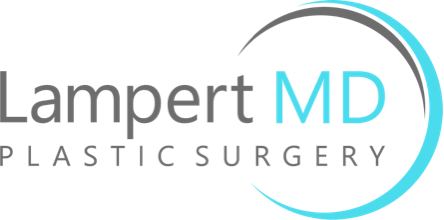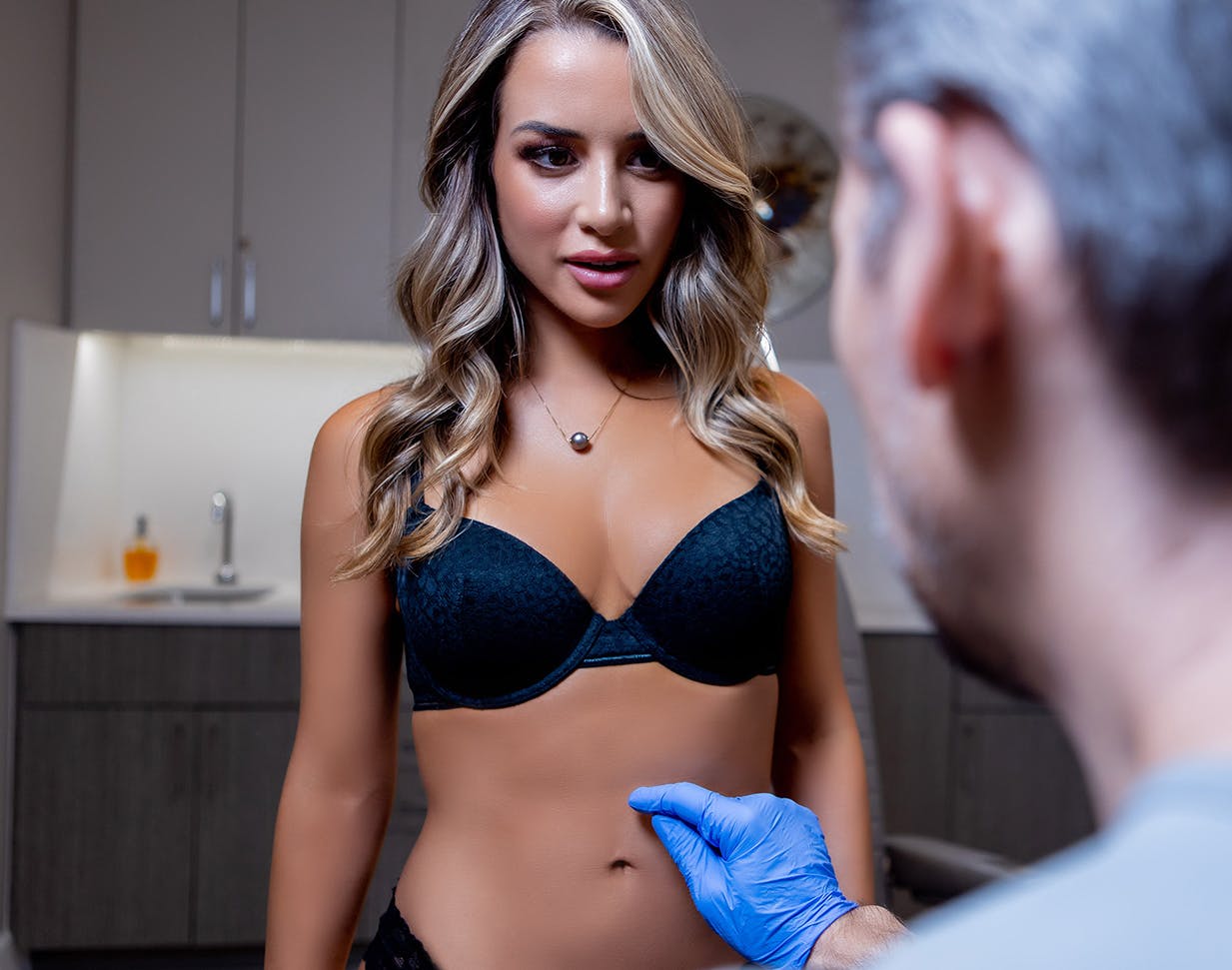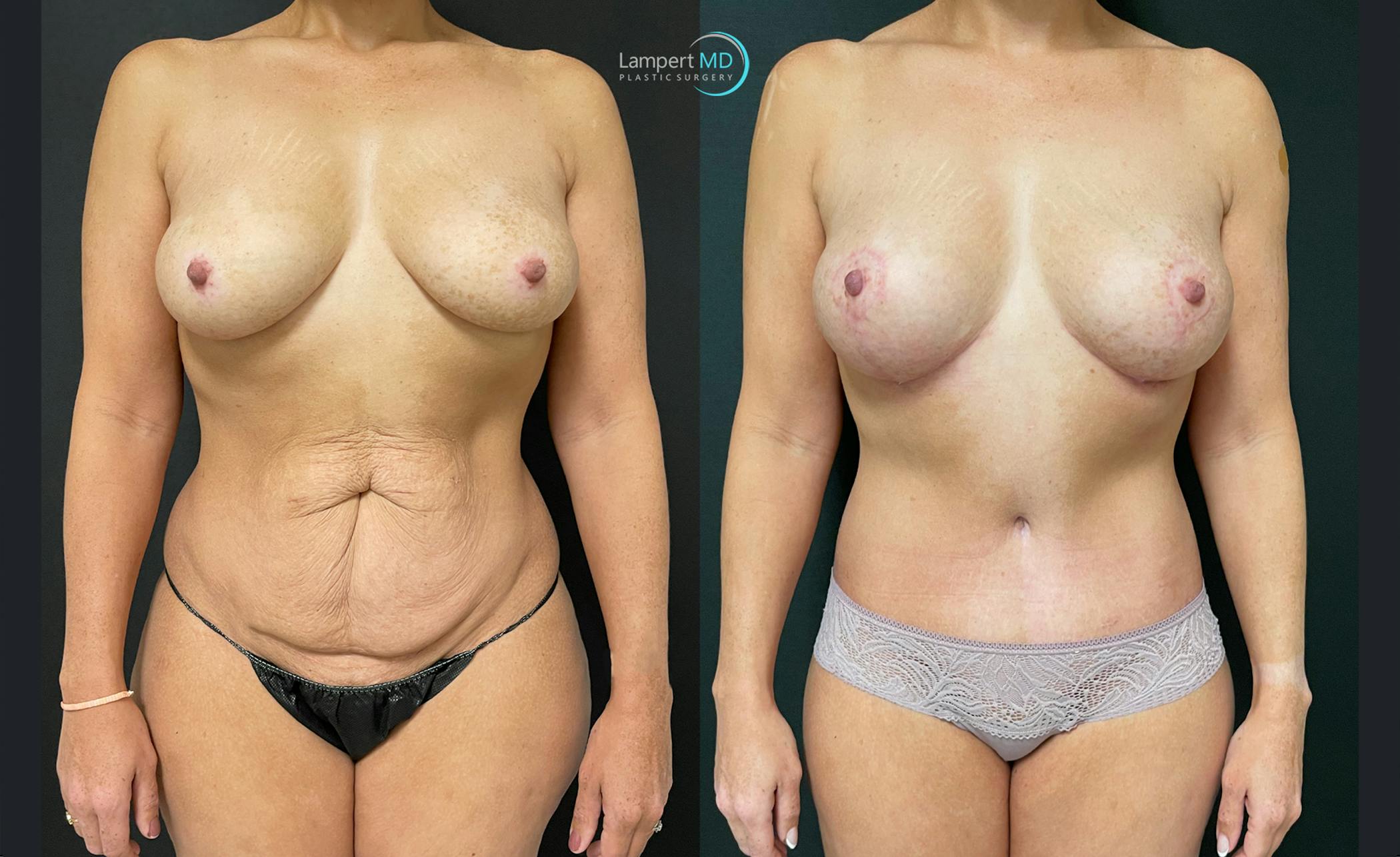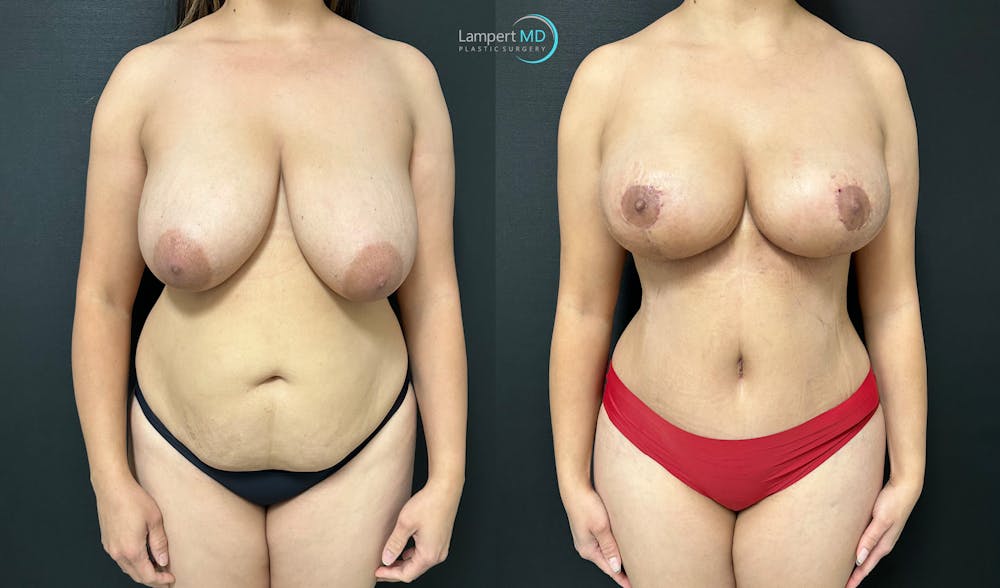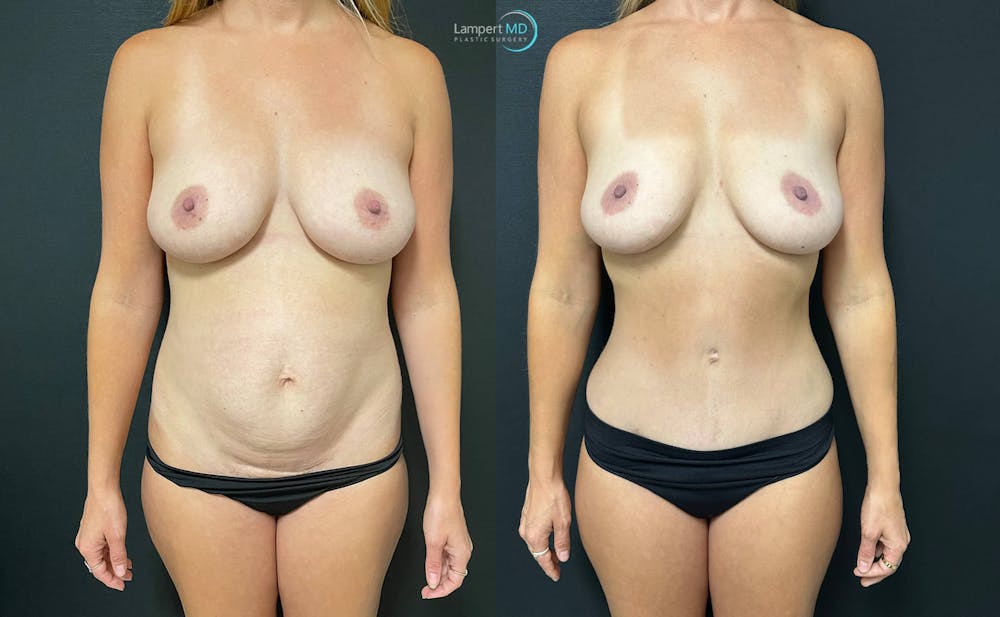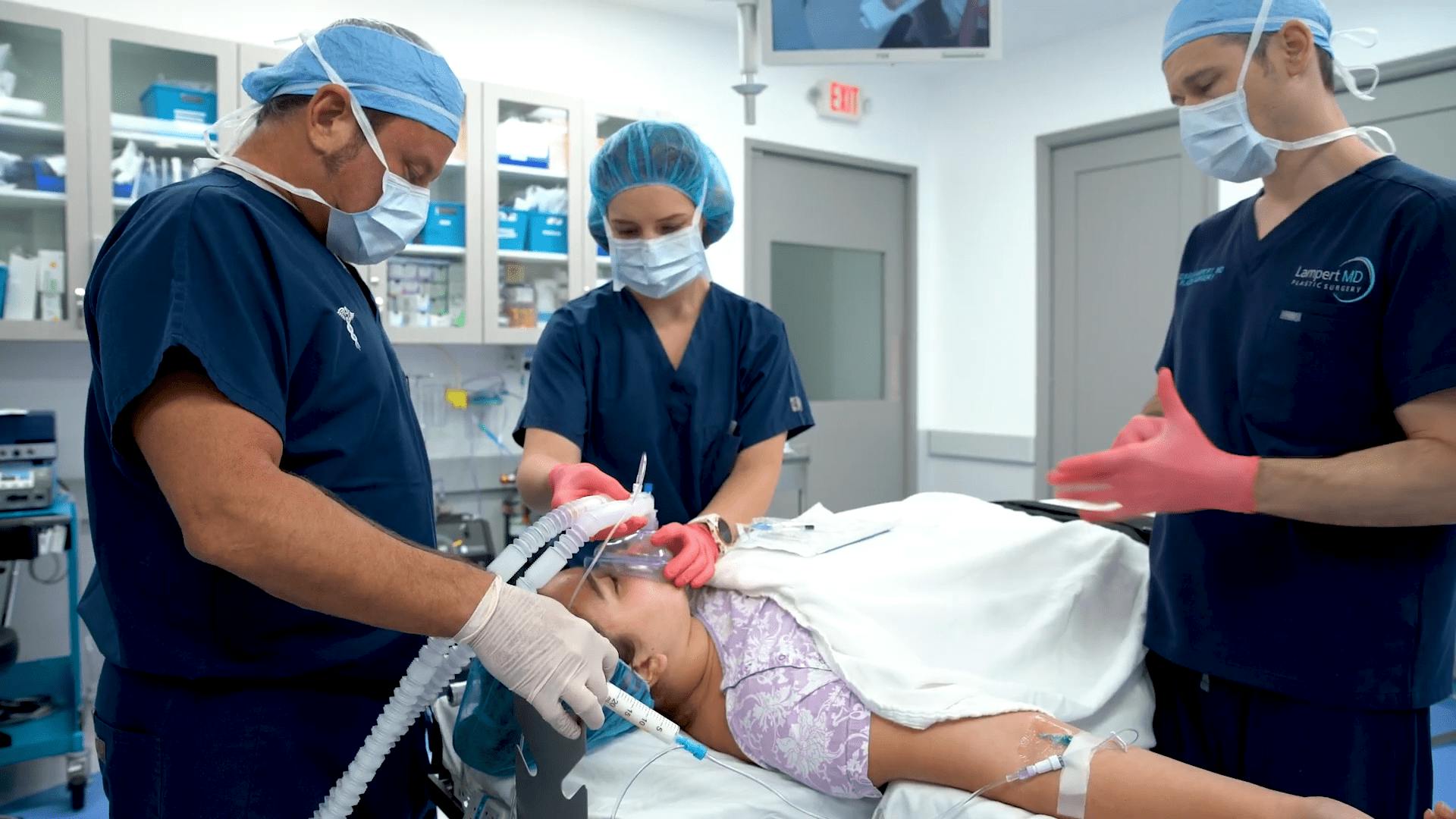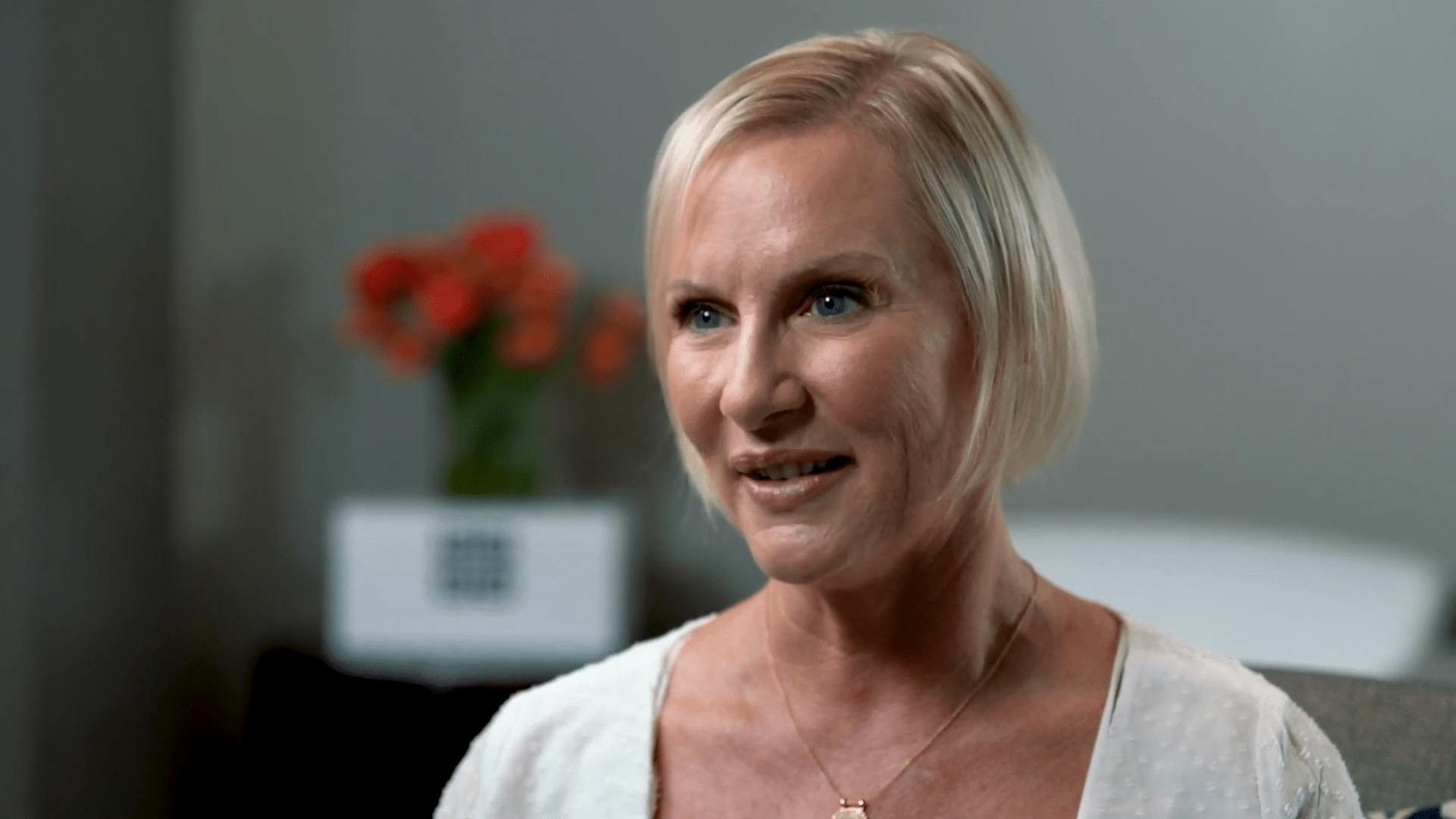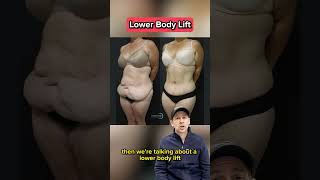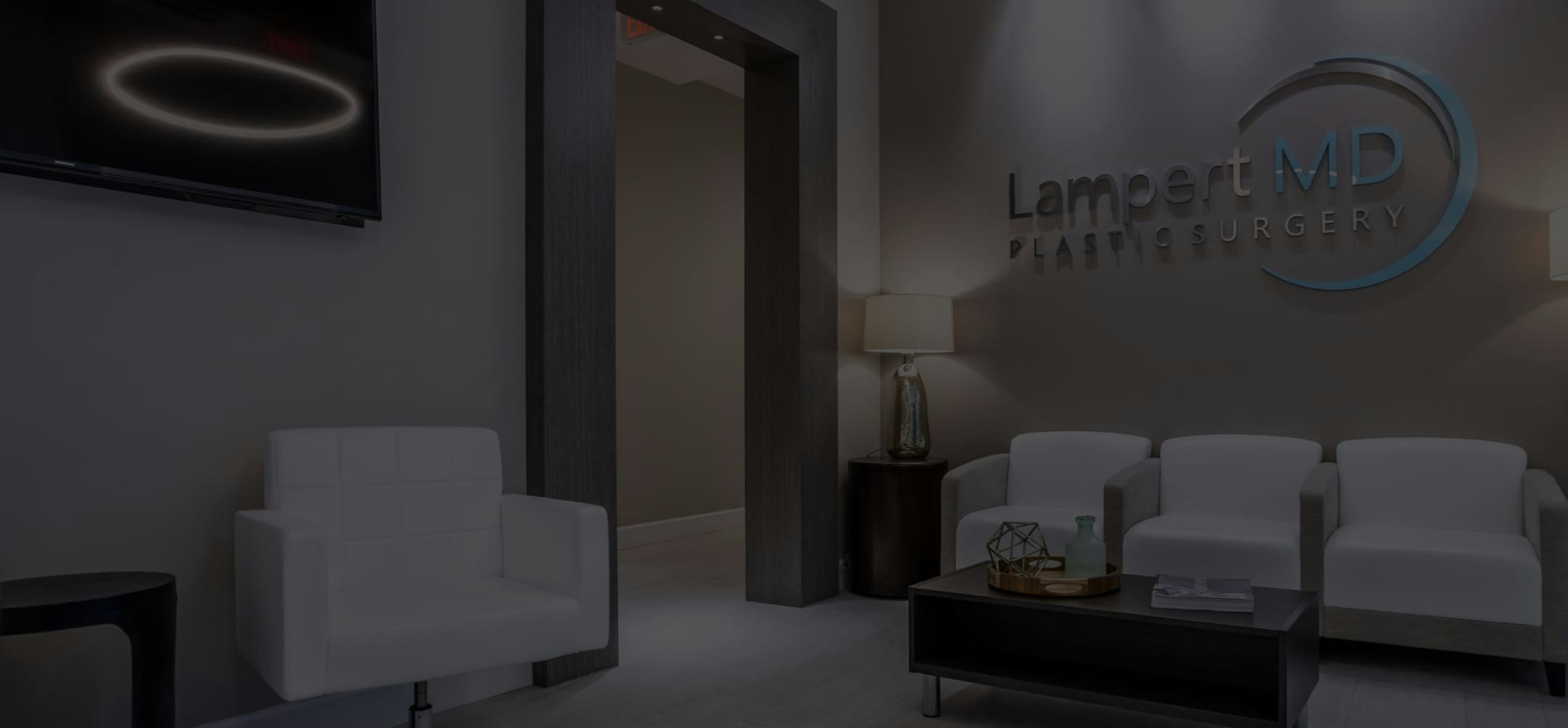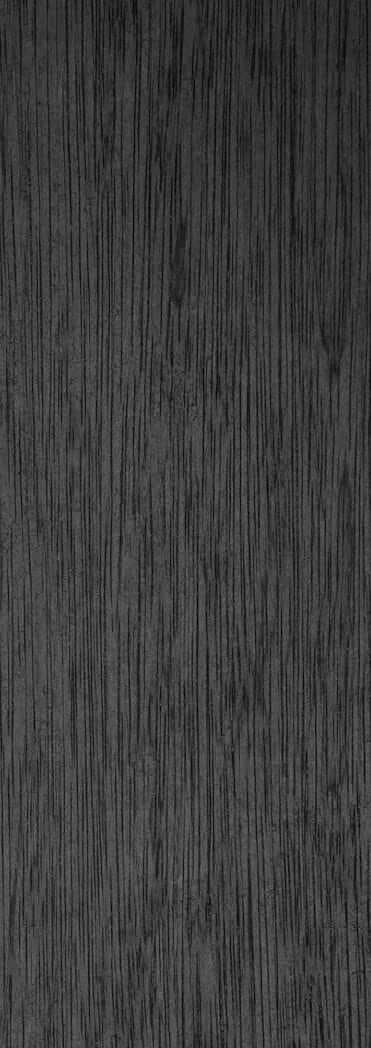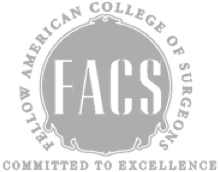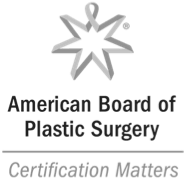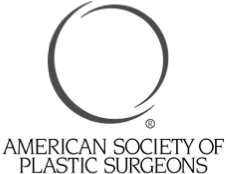Achieve a flatter, more sculpted midsection with a tummy tuck in Miami performed by board-certified plastic surgeon Dr. Joshua Lampert. Whether addressing excess skin after weight loss or restoring your figure post-pregnancy, a tummy tuck in Miami can redefine your silhouette and boost your confidence. Dr. Lampert uses advanced techniques to create natural-looking results with minimal scarring, helping patients feel comfortable and empowered in their bodies once again.
Your Miami Tummy Tuck Consultation
Tummy tuck surgery may seem daunting at first, but after your private Miami consultation with Dr. Lampert, you will feel informed, empowered, and ready to move forward towards manifesting your best self. Every tummy tuck procedure needs to be individualized for the particular patient, their anatomy, and their goals. With every tummy tuck, body contouring procedure, and mommy makeover, a detailed physical exam and history must be performed prior to ensure the optimization of safety and results.
The patient's anatomy and surgical history, including prior intra-abdominal surgery or C-section scars, must be noted and taken into consideration when planning body contouring and tummy tuck procedures. Dr. Lampert needs to evaluate every tummy tuck patient for skin laxity, any abdominal wall laxity, as well as any potential hernias that may exist.
